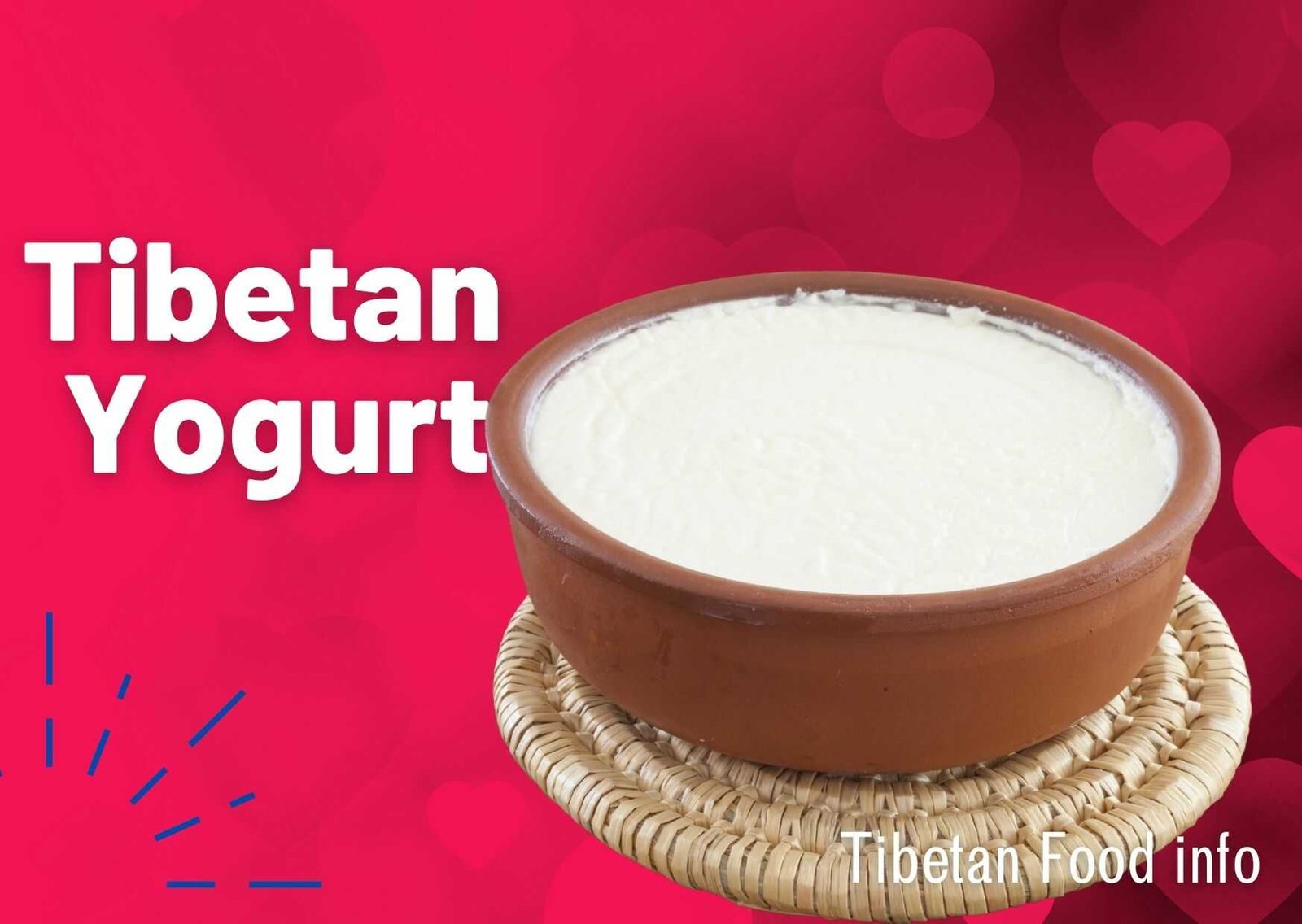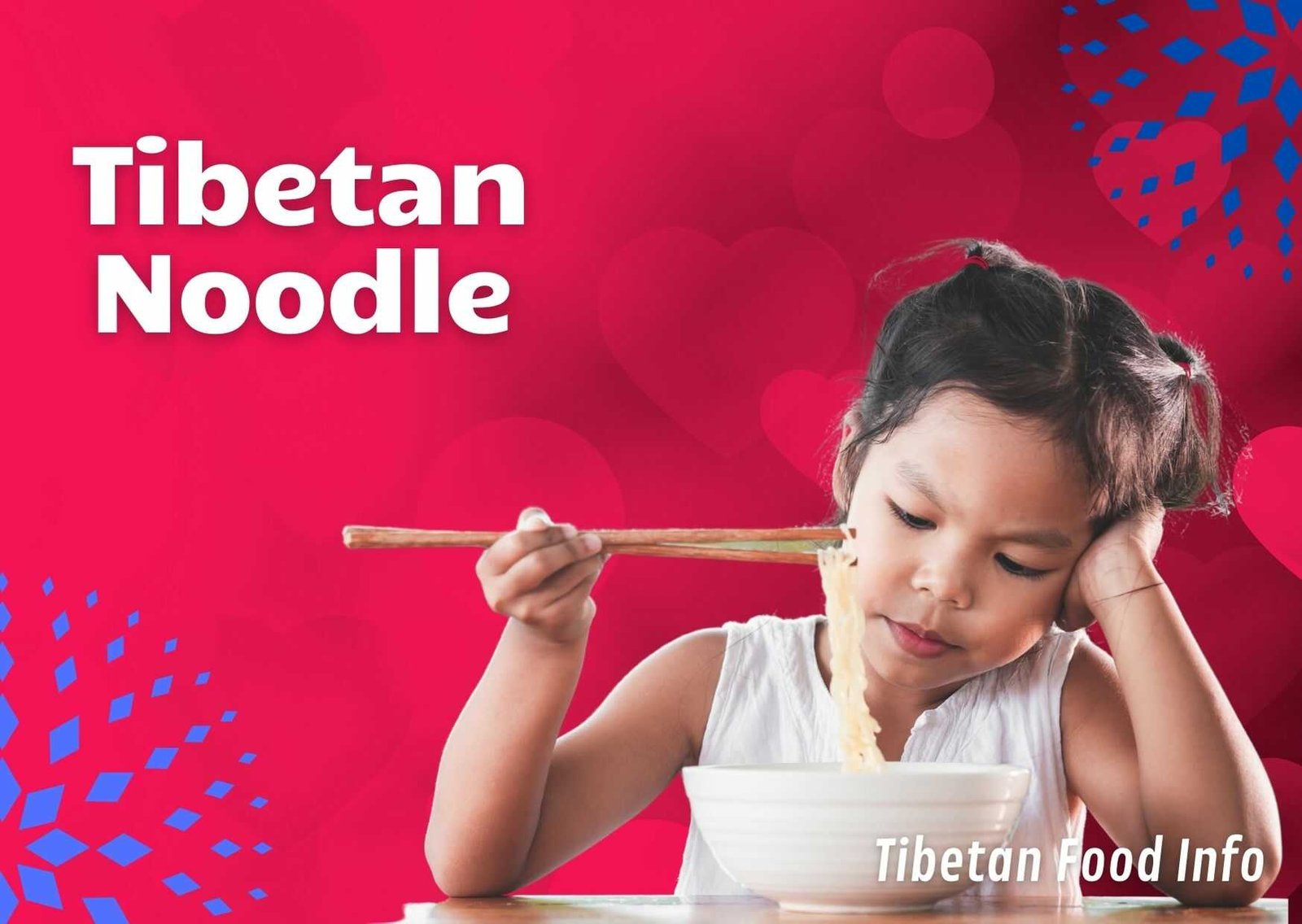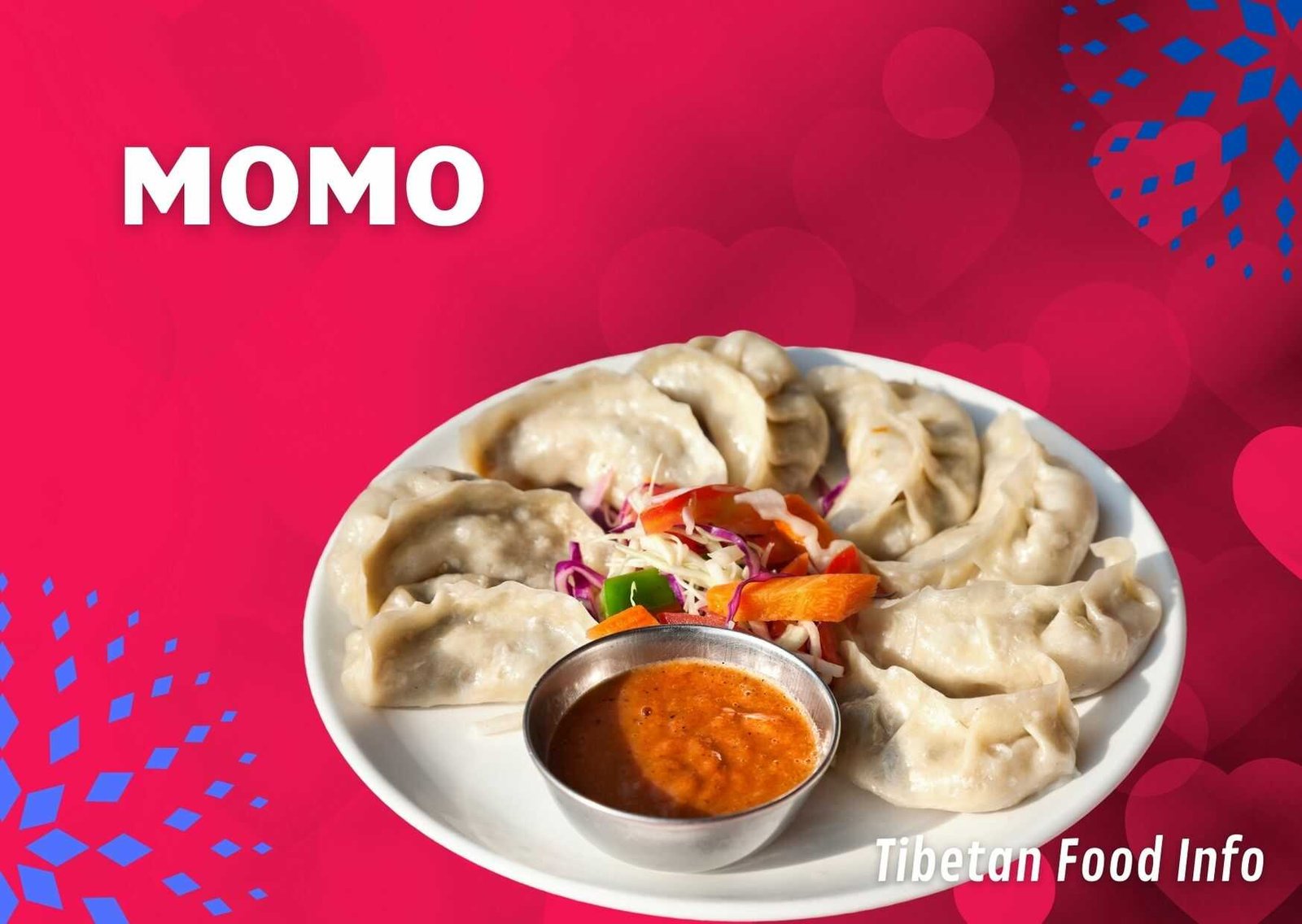Tibetan foods and beverages have a rich tapestry of flavours and culinary traditions, exclusively found in the high-altitude regions of the Tibetan Plateau. Often referred to as the “Roof of the World,” Tibet is renowned for its breathtaking landscapes and ancient history. In this article, we delve into the unique world of Tibetan cuisine, exploring how it has adapted to the challenging terrain and harsh climate, and the role it plays in the lives of the Tibetan people.
The Culinary Adaptation
Tibetan food goes beyond being just sustenance; it’s a lifeline for the locals. The harsh climate, with extremely high altitudes and freezing temperatures, requires a diet that keeps them warm, provides energy, and offers essential nutrients. Additionally, the high altitude poses challenges like water boiling at lower temperatures (around 90 degrees), making traditional cooking methods with water impractical.
Furthermore, vegetables are scarce in these regions, which has led to Tibetan cuisine being highly specialized, with meat and dairy products taking centre stage.
A Blend of Influences
Tibetan cuisine has an intriguing background marked by the interplay of different food cultures. Over centuries, it has evolved and absorbed influences from neighbouring regions. The first significant culinary transformation occurred in the 6th century, thanks to increased trade between the Tibetan Kingdom and central China, along with interactions with middle Asian countries.
This period brought new cooking materials such as rice, milk, vegetables, and fruits, introducing fresh methods that significantly improved Tibetan culinary techniques. The 18th century witnessed another culinary renaissance in Tibet. Luxurious banquets became a norm, fostering the development of diverse dishes with increased variety, richness, and culinary skills.
With Tibet’s economic and cultural ties growing with China, elements of the Chinese diet culture seeped into central Tibet, introducing a more diverse range of vegetables, fruits, and kitchen utensils. This influence was not confined to royalty but also reached common households in places like Lhasa, Gyangtse, and Shigatse. Even common Tibetans acquired basic Chinese cooking skills.
Sichuan and Indian Influences
Tibetan cuisine is a delightful fusion of local tastes with influences from Sichuan and Indian food culture. This amalgamation has brought about significant changes to Tibetan culinary traditions.
Sichuan Spice
Sichuan’s influence is evident in the bold, fiery flavours of Tibetan food. Spices like chilli peppers and Sichuan peppercorns add aromatic spiciness to many dishes, creating a unique culinary experience.
Indian Inspiration
Indian food culture has introduced vegetarian options, a wider range of spices, and staples like rice and lentils to Tibetan cuisine. This enriches the culinary diversity and provides nutrition in a challenging environment.
In summary, Tibetan cuisine is a harmonious blend of local heritage and external influences, creating a unique and flavorful culinary tradition.
Culinary Evolution in Rural Tibet
In the 1980s, Tibetan cuisine underwent another transformation, marking the third significant development in its history. This time, it was driven by open policies and the growth of tourism in Tibet. These developments introduced new cooking materials and led to further enhancements in cooking techniques. The result was a fresh and contemporary Tibetan culinary culture, characterized by a fusion of diet traditions, culinary arts, and dining etiquette. As a result, Tibetan cuisine became more accessible to a broader range of people, moving beyond noble and merchant families to become an integral part of everyday life.
Conclusion
Tibetan cuisine is a true testament to the resilience and adaptability of a culture that has thrived in one of the harshest environments on Earth. From its humble beginnings, it has evolved into a diverse and vibrant culinary tapestry, rich with flavours and traditions. As you explore Tibetan foods and beverages, you’re not just tasting a meal; you’re tasting history, resilience, and the indomitable spirit of the people of the Tibetan Plateau.
Frequently Asked Questions (FAQs)
1. What makes Tibetan cuisine unique?
- Tibetan cuisine is unique due to its adaptation to the challenging high-altitude terrain and harsh climate. It primarily relies on meat and dairy products, with influences from neighbouring culinary traditions.
2. How has Tibetan cuisine evolved over the centuries?
- Tibetan cuisine has evolved through three significant phases, influenced by trade, cultural exchanges, and modernization. It has embraced new ingredients and cooking methods while maintaining its distinct identity.
3. Is Tibetan cuisine easily accessible for tourists today?
- With the growth of tourism in Tibet and open policies, Tibetan cuisine has become more accessible to tourists. You can experience its unique flavours in many local restaurants.
4. What are some must-try Tibetan dishes for tourists?
- When in Tibet, don’t miss out on trying momo (dumplings), Thukpa (noodle soup), and tsampa (roasted barley flour). These are popular Tibetan dishes that offer a taste of the local culture.
5. How does Tibetan cuisine reflect the culture and history of Tibet?
- Tibetan cuisine is deeply intertwined with the culture and history of Tibet. It reflects the people’s adaptability and resourcefulness in the face of challenging environmental conditions, making it an integral part of their heritage.











